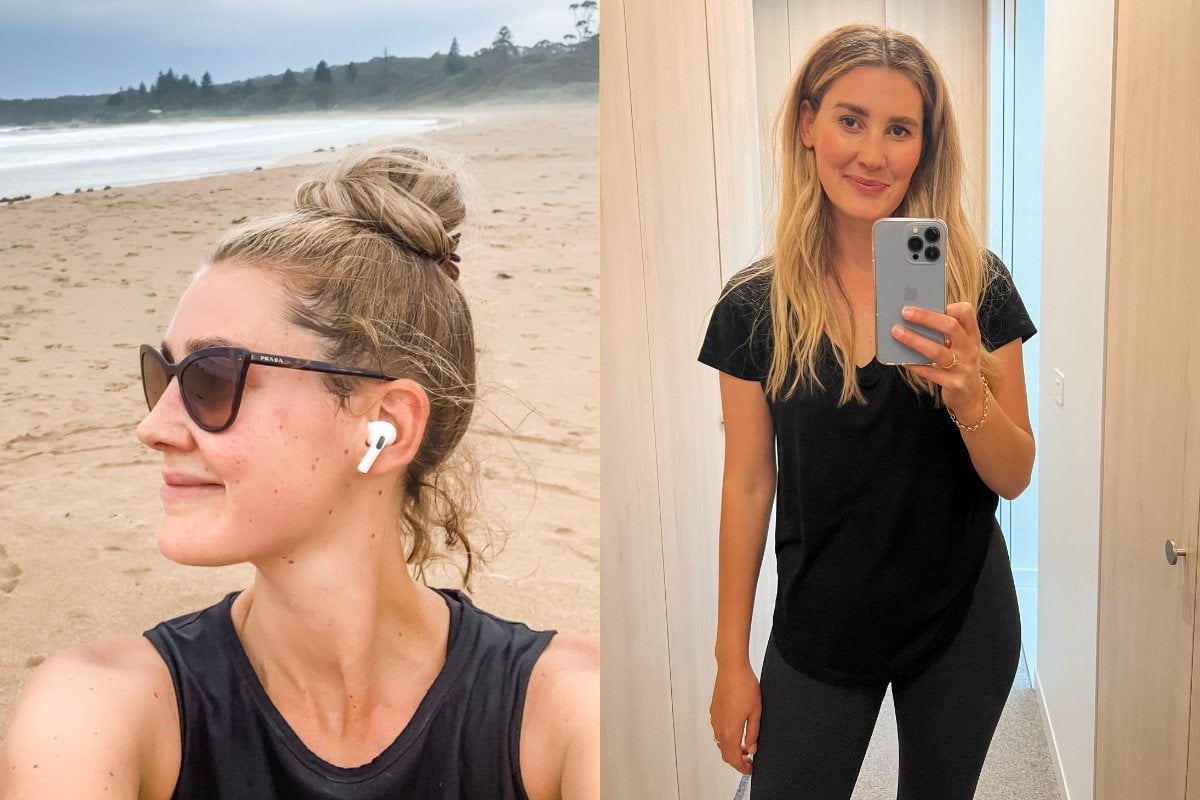
This post discusses eating disorders and could be triggering for some readers.
Last week, I slipped out of a Pilates class 10 minutes early to meet my mum for lunch, and it struck me: my relationship with exercise has, finally, completely changed.
I used to feel an uneasy reverence for those in a thinner frame. I wondered what they did to look that way. How they ate, how they moved, how their habits impacted their shape, and of course if those habits would work that same magic on mine.
At the time, I was unknowingly in the grips of an eating disorder, and part of the reason my illness was a secret to me, was because this kind of admiration I had for people in thin bodies was being so effortlessly reinforced when I would look, well, anywhere really.
Watch: Horoscopes Working Out. Story continues below.
I worked in gyms and fitness studios, and those environments made it explicitly clear to me that thinness was the goal of movement. The pursuit of weight loss was the only acceptable drive for exercise, so the more calories a workout could burn, the better. And if you worked yourself until you felt faint? Well, you’re doing it right. You’re fully committed, well done you!
It's the message touted by many fitness influencers. Even when they don’t explicitly say “if you follow my workout plan you will have my body” it’s loosely implied. It’s there in the advertising of gyms and fitness studios, and it even creeps into their hiring process. Their trainers are walking, talking adverts for their workouts. There’s no sign that says “our trainers are thin because they work out a lot” but it’s not a huge leap for prospective clients to assume that the trainers participate in the activities themselves.
Top Comments